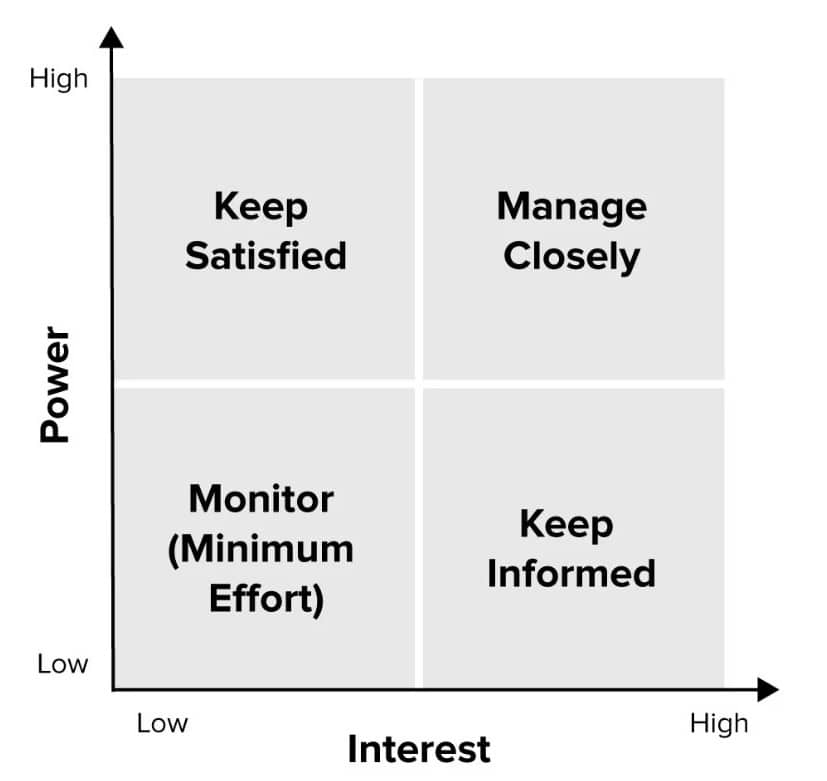The Definitive Guide to Project Management Documentation

As MythBuster Adam Savage once said, “the only difference between screwing around and science is writing it down.”
Whether your project is a cutting-edge science experiment or designing business software, documentation is an important part of your project management. Project management documentation helps your team succeed by recording and referencing information at every stage of your project’s lifecycle.
Key Takeaways:
- Document management software helps businesses harness the power of their information.
- Essential project management documents help keep projects on track.
- FileCenter helps businesses manage their project documentation.
Introduction to Document Management
Document management is a system that allows users to capture, store, and retrieve documents. In previous generations, paper documentation was the bread and butter of document management, but document management software is the industry-standard method of managing documentation in the modern day.
Document management software has many advantages over traditional paper documentation, including the ability to sort, search, and analyze digital text to gain insights that would be impossible to glean from paper documents. Digital document management saves time, money, and materials, so document management software is an essential tool for 21st-century businesses.
Seven Essential Project Documents
While documentation is an important component of any business activity, it’s especially vital in project management. Incorrect or misplaced information can derail or seriously delay a project. These seven essential documents help keep your projects on track by supplying users with the right information at every stage of the process.
1. Project Brief
The project brief is a document designed to house project information. Project briefs are foundational to the other documents on this list because they summarize the main “nouns” of your project—who, what, when, where, and why. According to Guru, the information on your project brief should include a project summary, project intent, deliverables, success indicators, project timeline, project stakeholders and teams, and project audience.
This information is not unique to the project brief—other documents should reflect some of this information, and some sections should have their own document altogether. The project brief is an overview of the project, not a comprehensive guide to every detail.
2. Scope Statement
Following the project brief, the scope statement goes into greater detail about the scope of the project. Scope statements can be hundreds or thousands of pages long. While the project brief summarizes the task as an overview, the scope statement includes the full details of the project scope and requirements.
Stakeholders use the scope statement to measure success, define expectations, and record assumptions. The scope statement includes in-depth information about deliverables, obstacles, and constraints.

3. Stakeholder Analysis
Stakeholders include customers, investors, employees, competitors, etc.—everybody with something to gain or lose. The stakeholder analysis document defines the stakeholders of your project and measures the impact that your project will have on them.
Creating a stakeholder analysis document is the first step in the larger task of stakeholder management. Many organizations categorize their stakeholders into a stakeholder matrix where stakeholders with high interest and high influence receive priority over those with lower interest or lower influence.

4. Budget
Budgets are difficult to make, difficult to approve, and difficult to enforce. The difficulty of creating and adhering to these documents makes them particularly vital for document management. Creating and adhering to a budget is essential to increasing revenue and managing expenses.
It’s important for decision-makers across every area of your project to be on the same page about expenditures and allowances. The budget is an essential document that must be accessible and consistent. Rather than using informal communication, having a budget document as part of your project document management system helps you keep your entire team on the same page.
5. Plan/Schedule
The plan or schedule includes a timeline of your project and defines key milestones along the way.
Some project managers may reflexively say there’s no way to know when something will be done until it’s done. While this is partially true, it’s partially false as well. While it’s correct that you can’t plan for every contingency along the way, laying out a clear schedule helps manage expectations and enable coordination across departments.
A plan/schedule also helps contextualize progress when things change. By defining a timeline for specific milestones, leadership can make better estimations about project completion. Without a schedule, a project due date becomes an all-or-nothing question: either you meet the deadline, or you’re late, and without signposts along the journey, it’s hard to measure progress.
A schedule helps track progress along every step of the journey to diagnose and address delays before they result in late delivery.
6. Risk Register
Speaking of things that can impact your plan/schedule, the risk register is a risk management tool. The purpose of a risk register is to identify risks and solve problems before they interfere with your project.
Risks can range from productivity risks that threaten your team’s efficiency to security risks that endanger your information and other resources. Identifying and diagnosing these risks ahead of time is essential for project management because this proactive approach to risk management helps solve issues before they become detrimental.
7. Action/Issue Tracker
Unless your risk register is 100% comprehensive and 100% effective, issues will eventually arise within your project. An action/issue tracking document helps your team document errors that occur, how they solved them, and what other kinds of changes they’ve made.
You should use an action/issue tracking document in your project management documentation for several reasons. Errors are seldom isolated incidents, so recording the steps to solve an error helps to solve future issues the same way. Action tracking helps provide clarity about when and why users made changes. Tracking action and issues is an important part of keeping your project team on track and on the same page.
Make the Most of Your Project Management Documentation with FileCenter
Documentation is important, but document management is what makes it transformative. Document management software gives you and your users access to vital documentation across multiple locations at any time, anywhere.
Managing documentation is easy with document management software like FileCenter. FileCenter allows you to sort, automate, analyze, and edit your documents to make the most of your project management.
If you’re ready to take the guesswork out of your document management, download a free trial or schedule a demo today to learn how FileCenter can help.


